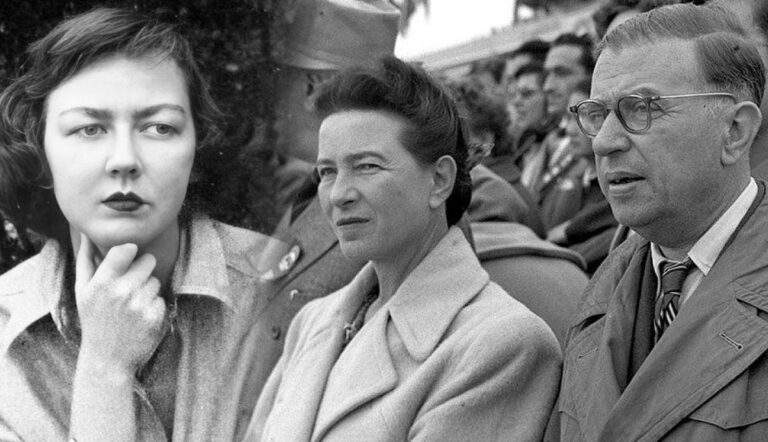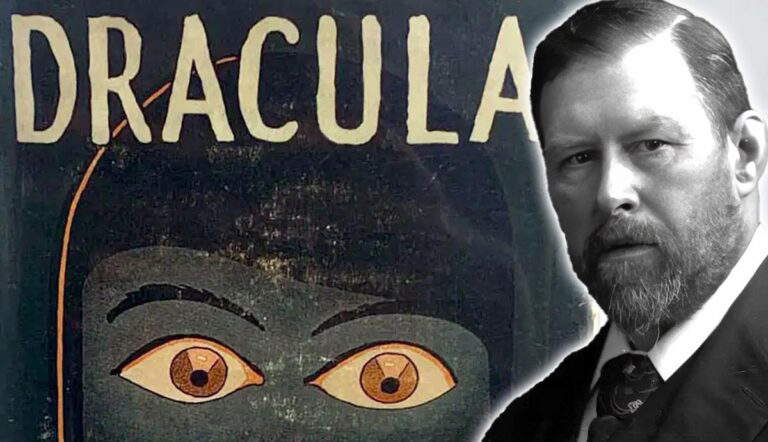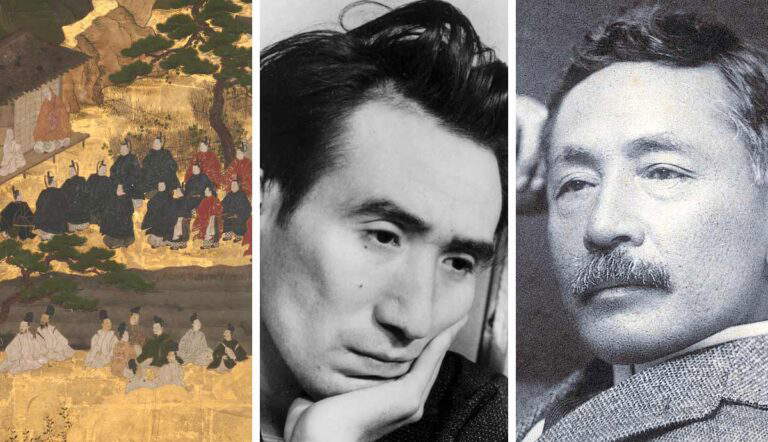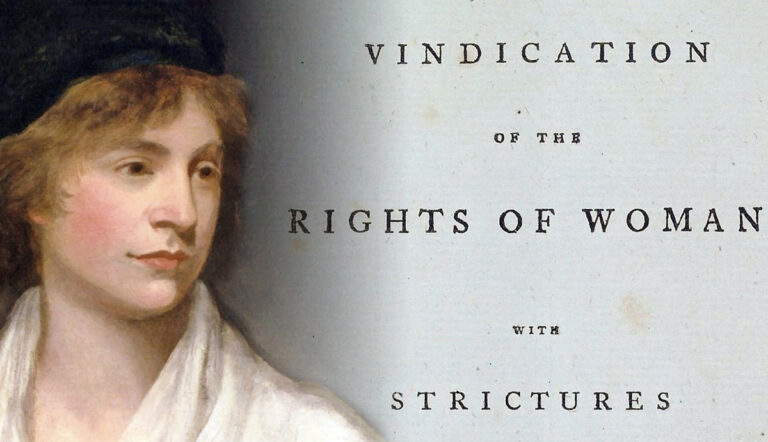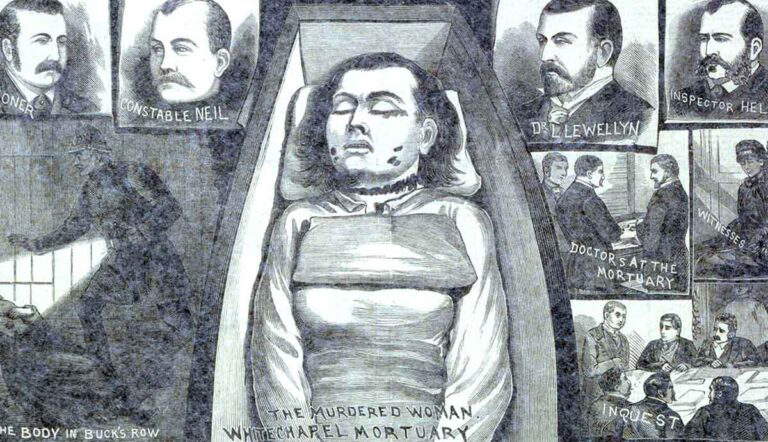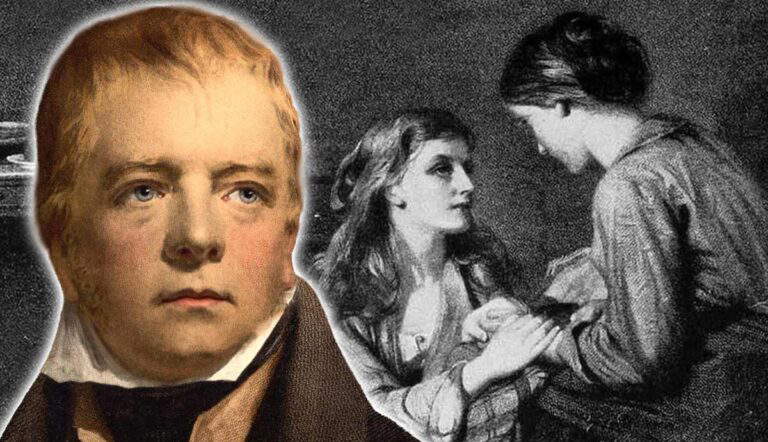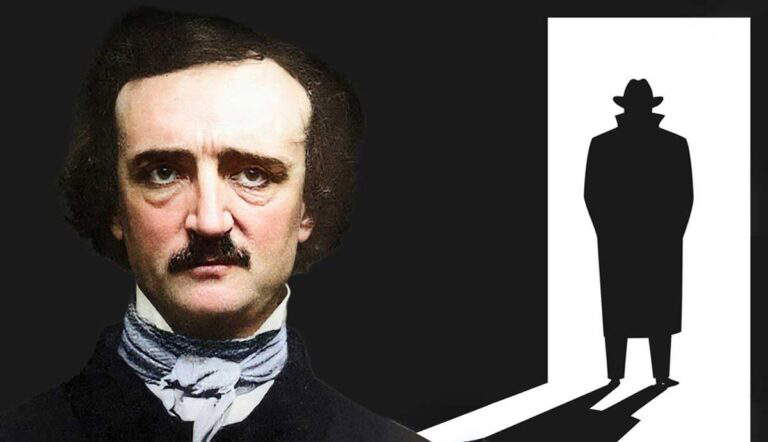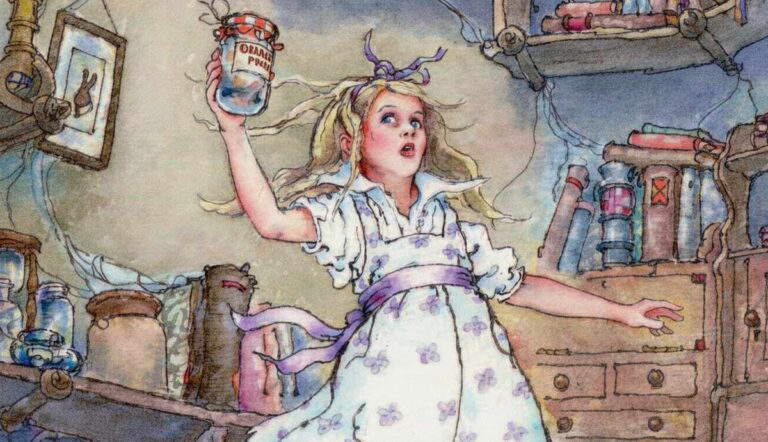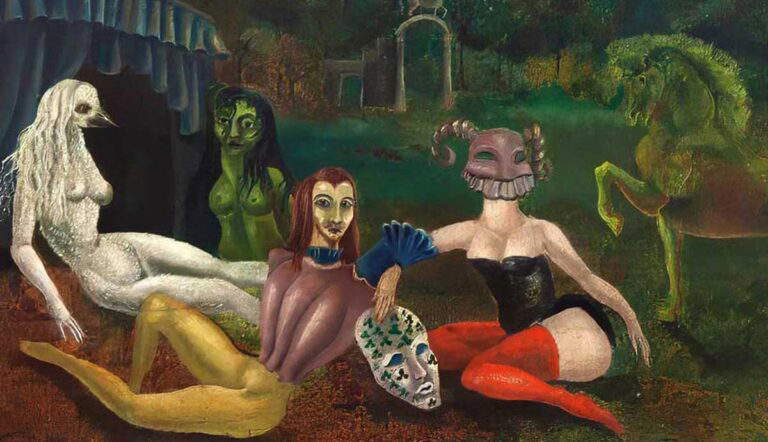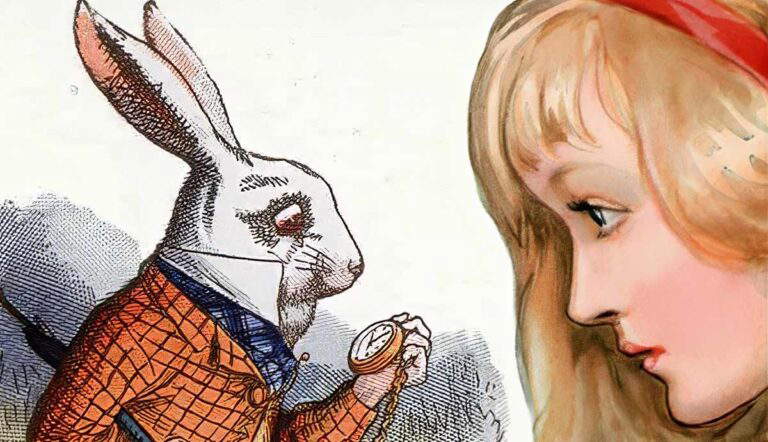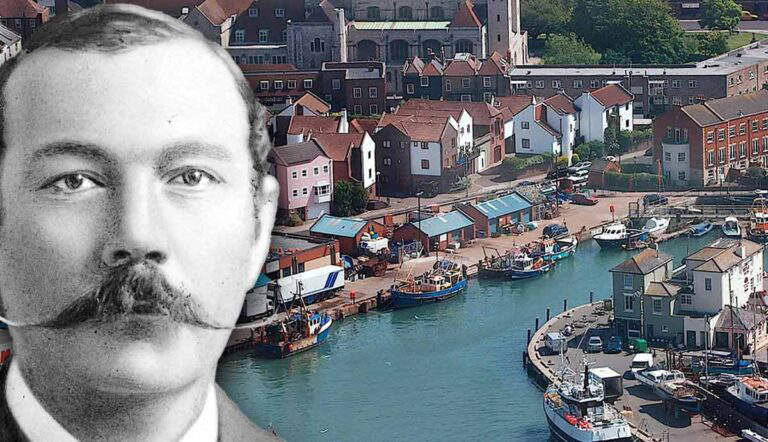Explore the vast world of literature, where timeless tales and contemporary narratives intertwine into character-driven dramas across cultures and epochs.
Now one of the most influential works of Gothic literature, Dracula was created after extensive research and a lot of inspiration by Bram Stoker.
Japanese literature is rich and complex, with a unique style that endears it to many literary enthusiasts.
Think 18th-century feminism must be outdated? Think again—there is still so much to learn from the life and writing of Mary Wollstonecraft.
In 1888, five women were murdered in London’s Whitechapel district by an unknown killer dubbed Jack the Ripper. Since then, the case has inspired over 100 non-fiction books and countless cultural retellings.
Though best known for his chilling Gothic tales like The Tell-Tale Heart (1843), Edgar Allan Poe also pioneered the modern detective story with his creation of C. Auguste Dupin, whose logical sleuthing shaped one of the genre’s core conventions.
Published in 1865, Lewis Carroll’s Alice’s Adventures in Wonderland unleashed a nonsensical world that challenged Victorian norms and introduced readers to an enigmatic heroine: Alice.
Samuel Johnson was renowned not only for his skills as a lexicographer and dramatist but also for his ability to entertain with his witty remarks.
The south coast island city of Portsmouth, UK boasts a rich literary heritage.
- …
